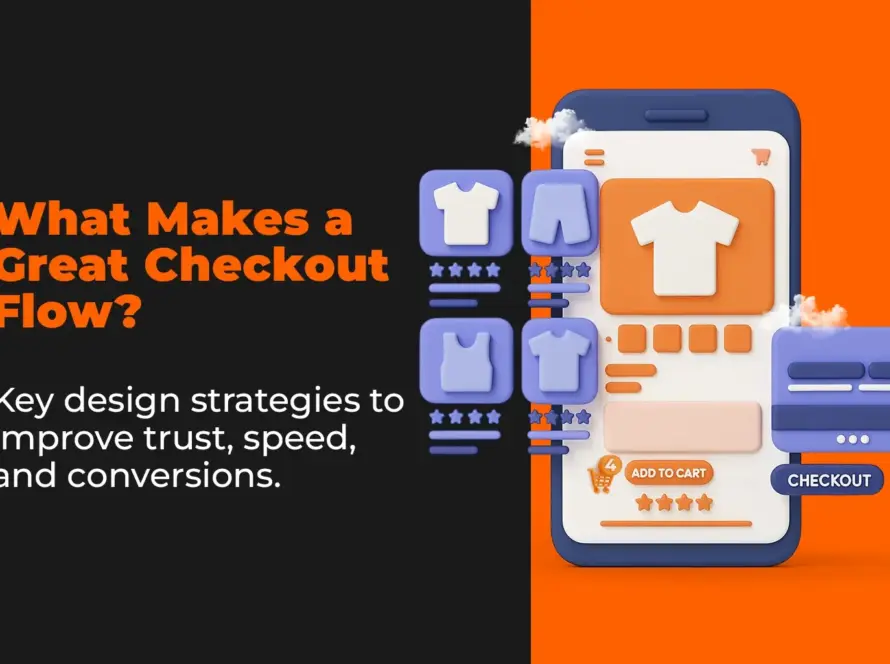What Is Back-End Development in Web Design?
Back-End Development refers to the server-side processes that power a website behind the scenes. It involves managing databases, servers, and application logic that make front-end features work. At Omega Trove, Back-End Development ensures websites are fast, secure, and scalable — providing a foundation businesses can grow on.
What Does Back-End Development Mean in Web Design & Development?
In web design, the back-end is the engine that drives a website’s functionality. For example:
- A customer fills out a contact form on the front-end.
- The back-end processes the data, stores it in a database, and sends an email notification.
Consultants like Omega Trove use back-end systems to ensure seamless operations for e-commerce, service booking platforms, and multi-location businesses.
Why Back-End Development Matters for Business Strategy
While users don’t see it, the back-end determines reliability, performance, and scalability.
Benefits of Strong Back-End Development:
- Ensures websites run smoothly under heavy traffic
- Keeps customer data secure and compliant
- Powers dynamic features like e-commerce and booking systems
- Supports integration with third-party tools and APIs
- Builds a scalable foundation for long-term growth
How Omega Trove Applies Back-End Development
Omega Trove focuses on clarity, craftsmanship, and scalable systems in back-end work:
- Designing secure, scalable database architectures
- Building custom APIs for integrations (CRMs, payment processors, etc.)
- Optimizing servers for fast load times and uptime
- Ensuring compliance with ADA, GDPR, and security standards
- Creating back-end frameworks that evolve with business growth
Learn more about our Web Design & Development services.
Related Terms You Should Know
- Front-End Development – The client-facing side users interact with.
- Content Management System (CMS) – A tool that bridges front-end and back-end.
- Page Speed Optimization – Often driven by efficient back-end processes.
Frequently Asked Questions
What Is Back-End Development in Web Design?
Back-End Development refers to the server-side structure that powers a website’s functionality behind the scenes. It manages databases, APIs, servers, and business logic. Without strong back-end systems, websites can’t process data, load content dynamically, or operate smoothly under user interactions.
What Languages Are Used in Back-End Development?
Common back-end programming languages include PHP, Python, Java, Ruby, and Node.js. Each serves different performance needs—PHP for WordPress, Python for automation, and Node.js for real-time applications. These languages connect the front-end interface with the server and database for seamless user experiences.
How Does Back-End Development Affect Website Speed?
Back-end optimization directly influences website performance. Efficient server configurations, optimized database queries, and caching reduce response times. Poorly structured code or overloaded servers can cause slow page loads and higher bounce rates, while optimized systems improve both SEO rankings and user satisfaction.
Is Back-End Development Important for Small Businesses?
Yes. Even simple business websites rely on back-end systems for hosting, contact forms, and data storage. A well-built back-end ensures fast load times, secure transactions, and reliable uptime—key factors in credibility, local SEO, and customer retention for small businesses.
What’s the Difference Between Front-End and Back-End Development?
Front-End Development handles the visual interface users see, including layout, colors, and buttons.
Back-End Development runs behind the scenes, handling databases, server logic, and system integrations. Together, they form the full stack that powers a functional, responsive, and interactive website.
Can Back-End Issues Hurt SEO Performance?
Yes. Server-side problems—such as downtime, slow response times, or unoptimized databases—can negatively impact Google’s crawl rate and rankings. Maintaining fast, secure, and stable hosting environments helps improve Core Web Vitals and overall search visibility.
Do E-Commerce Websites Rely Heavily on the Back-End?
Absolutely. Back-end systems power features like shopping carts, payment gateways, inventory tracking, and user authentication. A robust back-end ensures real-time data accuracy, smooth transactions, and scalability—crucial for ecommerce performance and customer trust.
What Tools Are Commonly Used in Back-End Development?
Developers use tools and technologies such as:
- Databases: MySQL, PostgreSQL, MongoDB
- Servers: Apache, Nginx
- Frameworks: Laravel (PHP), Django (Python), Express (Node.js)
- APIs: REST and GraphQL for integrations
These tools ensure performance, flexibility, and scalability across projects.
Is Back-End Development Secure?
When properly implemented, back-end development is highly secure. Security best practices include data encryption, firewall configuration, secure authentication, regular patching, and server monitoring. These measures protect user data and ensure compliance with GDPR, ADA, and industry standards.
How Can Businesses Benefit From Strong Back-End Development?
A well-built back-end provides:
- Reliable website uptime and fast performance
- Secure data handling and payment processing
- Integration with CRMs, APIs, and automation tools
- Scalable infrastructure for business growth
Strong back-end systems ensure websites remain efficient, safe, and adaptable over time.



